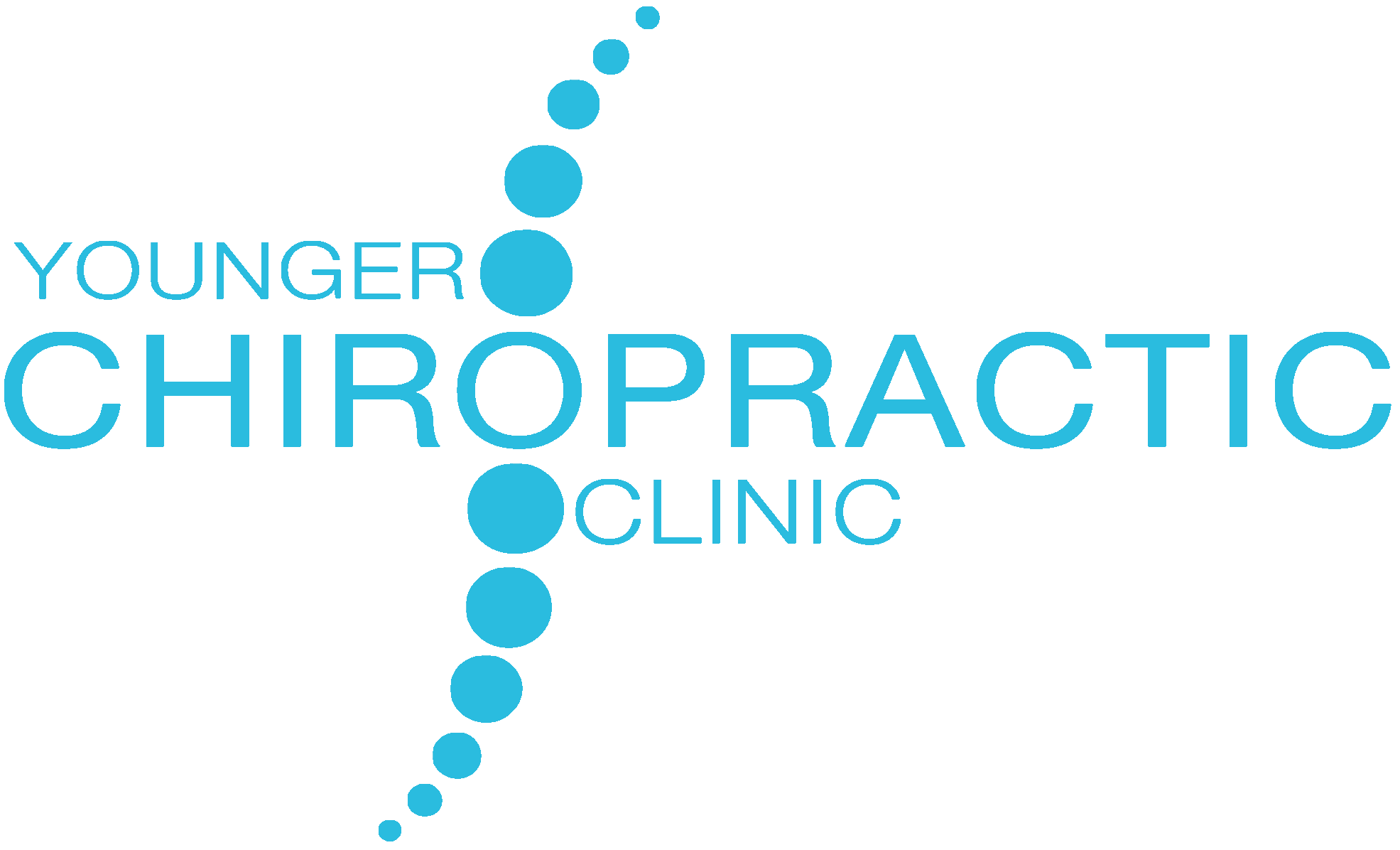 Cervical dystonia, also called spasmodic torticollis, is a debilitating neuromuscular disorder that causes the neck muscles to contract involuntarily. These muscle contractions result in abnormal movements, twisting, and positioning of the head and neck, along with significant neck pain and shoulder stiffness. Currently there is no known cure for CS, but there are many options which can help to manage the symptoms.
Cervical dystonia, also called spasmodic torticollis, is a debilitating neuromuscular disorder that causes the neck muscles to contract involuntarily. These muscle contractions result in abnormal movements, twisting, and positioning of the head and neck, along with significant neck pain and shoulder stiffness. Currently there is no known cure for CS, but there are many options which can help to manage the symptoms.
In a recent case study, researchers examined the effects of a multimodal chiropractic treatment for a woman with cervical dystonia. The 59-year old patient had suffered from cervical dystonia for 11 years by the time she presented to a chiropractic clinic. She had previously been treated with Botox, a common procedure for CD, but was still significantly disabled. Her head would involuntarily move 60 degrees to the left when she closed her eyes.
MRI studies have shown that dystonia affects the basal ganglion, an area of the brain responsible for coordinating voluntary movement. It is has been theorized that eye movement exercises can help to strengthen the weakened structures in the basal ganglia. Additionally, reflex therapy can tap into the vestibular system, which controls balance and spatial awareness.
The woman was treated at a chiropractic clinic with OPT tape reflex therapy, eye exercises, muscle/joint vibrations, and spinal manipulation. Chiropractic adjustments were applied to the second cervical vertebrae. She was also given blue-lens glasses to wear because previous research has suggested the short wave length of blue light may alter moods and indirectly or directly affect the basal ganglion. More research is needed to test the hypothesis in a placebo-controlled trial, but the woman did say her neck muscles felt less tight while wearing the lenses.
The woman was asked to rate her ability to make everyday movements one a scale of 0 to 10, with ten being fully functional and zero not at all. At the start of the study, she gave herself a 3 out of 10 for the tasks of turning her head left while driving, looking straight ahead, and holding her head straight. By the end of the study, she gave herself a rating of 9 out of 10 for all of the tasks, in addition to others. She was now able to close her eyes without her head spasmodically moving to the left.
While the patient did respond positively to treatment, it is unknown whether the effects were the result of the combined treatment, or if one treatment was primarily responsible for the changes. Additionally, case reports like this do not have a controlled environment, so additional studies will be needed to test the results.
“This patient with CD responded to the use of conservative, nonpharmacological treatment procedures that consisted of chiropractic care using a functional neurologic approach aimed at improving her spasmodic contractions and function,” the researchers concluded. The case report suggests that chiropractors trained in neurological and vestibular rehabilitation may play an important role in the management of cervical dystonia.
Reference
Bova JA and Sergent AW. Chiropractic care using a functional neurologic approach for idiopathic cervical dystonia in a 59-year-old woman. Journal of Chiropractic Medicine 2013. 12: 60–65.
